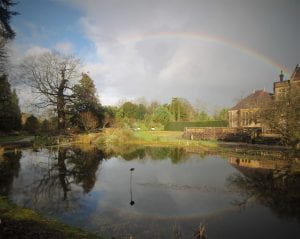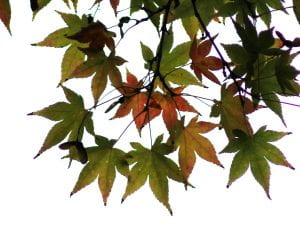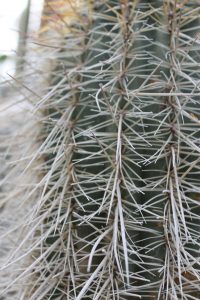By Andy Winfield

I’ve recently started noticing lichen. Now I can’t stop noticing it; it’s everywhere, living on, and in multiple surfaces. Walking around Bristol it’s on the harbour walls, the loch gates, on holiday it’s on the rocks of the cliffs and hanging from trees. Lichen covers around 8% of the planet’s surface area, and so could be argued that it’s one of the most successful collaborations in the natural world. When you do start noticing, you want to keep noticing, and get in closer with a little hand lens, a looking glass. (more…)


 I’m currently reading Braiding Sweetgrass for the second time, this time as an audiobook. For those that haven’t read it, it’s a series of essays and memories from Robin Wall Kimmerer; an academic and botanist of Native American heritage. She says of the book, “I wanted readers to understand that Indigenous knowledge and Western science are both powerful ways of knowing, and that by using them together we can imagine a more just and joyful relationship with the Earth”. Reading this book makes me feel very happy; it taps into something that is lost but was so important to humans for thousands of years all over the world, a connection to the seasonal changes, the life around us, and a respectful coexistence.
I’m currently reading Braiding Sweetgrass for the second time, this time as an audiobook. For those that haven’t read it, it’s a series of essays and memories from Robin Wall Kimmerer; an academic and botanist of Native American heritage. She says of the book, “I wanted readers to understand that Indigenous knowledge and Western science are both powerful ways of knowing, and that by using them together we can imagine a more just and joyful relationship with the Earth”. Reading this book makes me feel very happy; it taps into something that is lost but was so important to humans for thousands of years all over the world, a connection to the seasonal changes, the life around us, and a respectful coexistence. 
